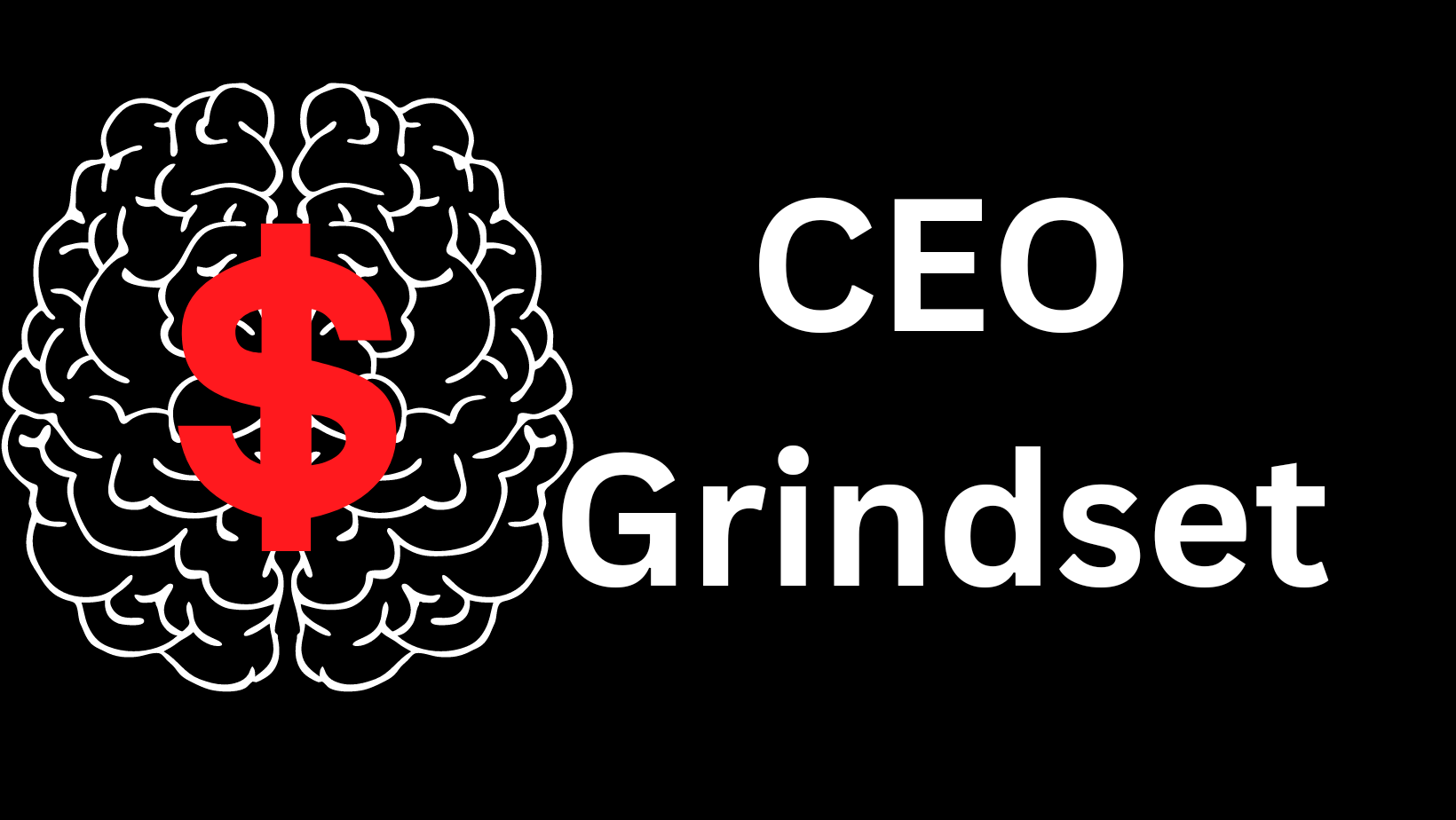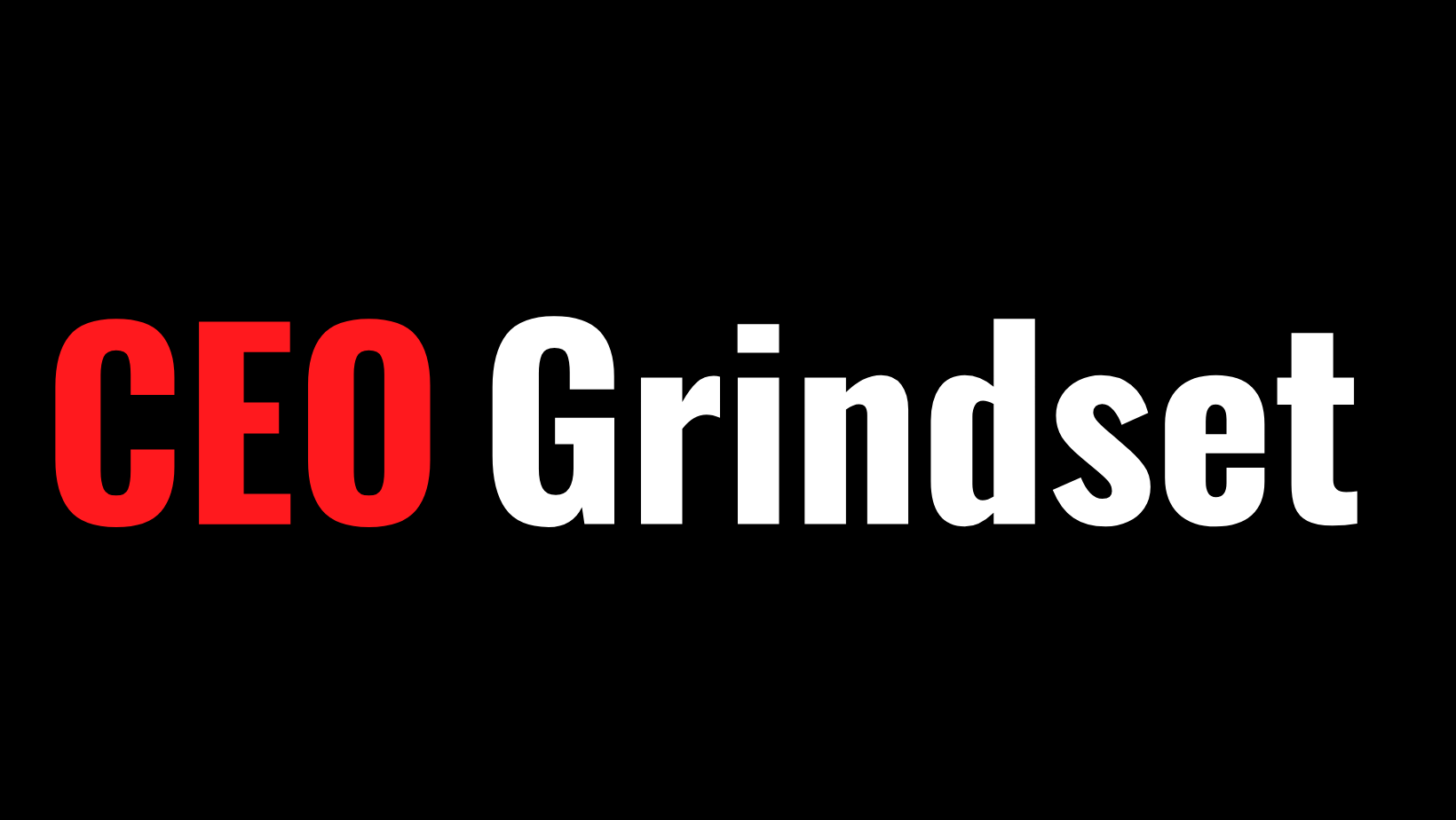Product Planning in Business Success
In the fast-paced world of business, having a great product idea is just the beginning. The real challenge lies in transforming that idea into a product that not only meets market demand but also outperforms the competition.
This is where product planning comes in—a crucial, yet often overlooked, aspect of business strategy. Whether you’re launching a new product or refining an existing one, effective product planning is essential for long-term success. Here’s why it should be a top priority for every business.
Aligns Product Development with Market Needs
One of the most significant advantages of product planning is its ability to ensure that your product meets the actual needs of the market.
Without thorough planning, businesses risk developing products that miss the mark, resulting in wasted resources and missed opportunities.
Through careful analysis of market trends, customer feedback, and competitor offerings, product planning helps you identify what your target audience truly wants.
It allows you to refine your product concept, ensuring it solves a real problem or fulfills a genuine need. This alignment with market demand is key to achieving product-market fit, which is critical for the product’s success.
Minimizes Risks and Uncertainty
Every new product launch comes with inherent risks—be it financial, technical, or market-related.
However, comprehensive product planning can significantly reduce these risks by anticipating potential challenges and developing strategies to address them.
Through detailed planning, you can conduct risk assessments, identify potential pitfalls, and establish contingency plans.
For instance, product planning might reveal that your manufacturing process is vulnerable to supply chain disruptions. With this knowledge, you can proactively source alternative suppliers or adjust your production schedule to mitigate risks.
By minimizing uncertainty, product planning helps safeguard your investment and ensures a smoother path to market.
Optimizes Resource Allocation
Resources—whether they be time, money, or talent—are finite in any business. Product planning plays a critical role in ensuring these resources are allocated efficiently.
It allows you to map out the entire product development process, from initial concept to market launch, identifying key milestones and resource requirements at each stage.
This strategic approach prevents overallocation or underallocation of resources, both of which can be detrimental to a product’s success. For example, without proper planning, you might allocate too much budget to early-stage development, leaving insufficient funds for marketing and distribution.
Conversely, underestimating the resources needed for product testing could result in costly delays. By optimizing resource allocation, product planning helps you stay on budget and on schedule.

Facilitates Cross-Functional Collaboration
Successful product development requires input and coordination from various departments—R&D, marketing, sales, and customer service, to name a few.
Product planning acts as a unifying framework that brings all these functions together, ensuring everyone is aligned and working toward the same goals.
When done correctly, product planning fosters collaboration and communication across departments, breaking down silos that can hinder progress.
For instance, marketing teams can provide valuable insights into customer preferences, which can then be incorporated into product design. Similarly, involving sales teams early in the planning process can ensure that the final product is positioned effectively in the market.
This cross-functional collaboration is essential for delivering a product that not only meets customer expectations but also performs well in the market.
Supports Long-Term Business Strategy
Product planning is not just about the immediate launch of a product; it’s also about positioning your business for long-term success.
By integrating product planning into your broader business strategy, you can ensure that each product aligns with your company’s long-term goals and vision.
For example, if your company aims to be a leader in sustainability, product planning should involve decisions about eco-friendly materials, sustainable manufacturing processes, and ethical sourcing.
This alignment with your overarching business strategy not only strengthens your brand but also ensures that each product contributes to your long-term objectives. In this way, product planning becomes a driving force behind your company’s sustained growth and competitive advantage.
Enhances Customer Satisfaction and Loyalty
In today’s competitive market, customer satisfaction is more important than ever. Product planning ensures that the products you bring to market not only meet but exceed customer expectations.
By thoroughly understanding your customers’ needs and preferences during the planning phase, you can design products that delight them, leading to increased satisfaction and loyalty.
A well-planned product is more likely to deliver the quality, functionality, and value that customers are looking for. Moreover, by planning for ongoing product support and updates, you can maintain customer engagement long after the initial purchase.
This focus on customer satisfaction not only drives repeat business but also turns customers into brand advocates who can help promote your product to others.
Conclusion
Product planning is not just a step in the product development process; it is the foundation upon which successful products are built. By aligning your product with market needs, minimizing risks, optimizing resources, facilitating collaboration, supporting your long-term strategy, and enhancing customer satisfaction, effective product planning can transform a great idea into a successful product.
In a world where the stakes are high, and competition is fierce, businesses cannot afford to overlook the importance of product planning. Make it a priority, and you’ll be well on your way to creating products that not only survive but thrive in the marketplace.




